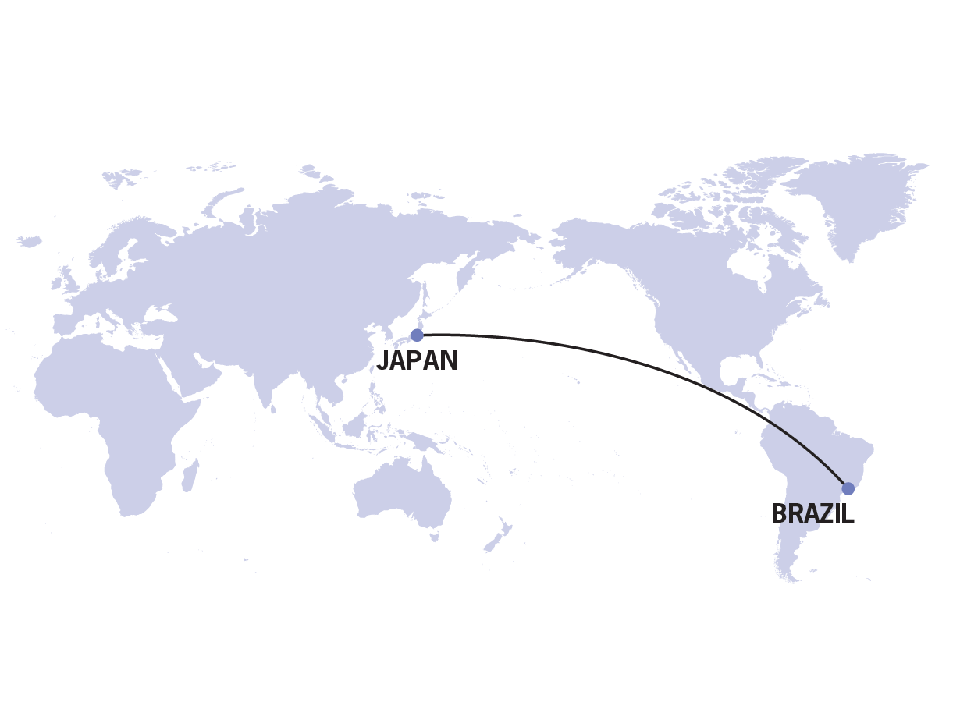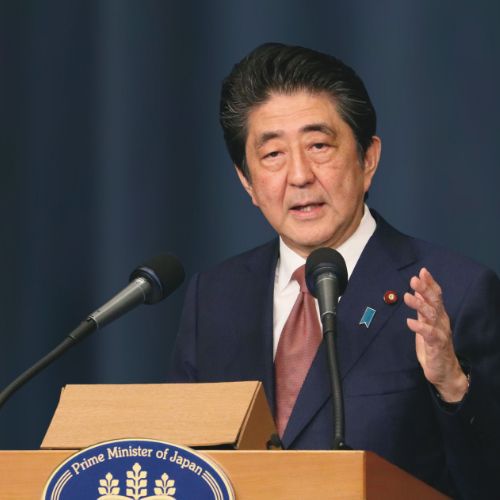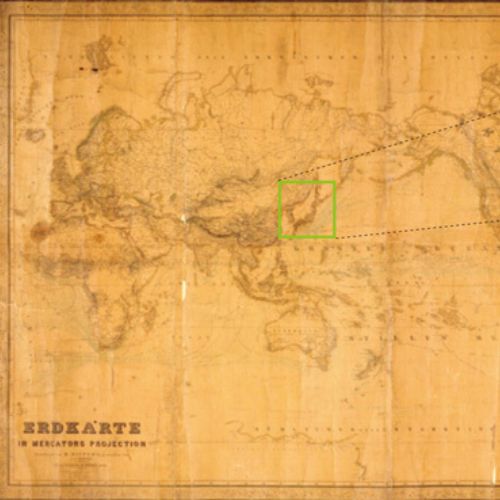Camila Iquiene, from Brazil, works as Coordinator for International Relations in Izumo City. Now she is using the Japanese she has studied from her childhood to help Brazilians living in Izumo.
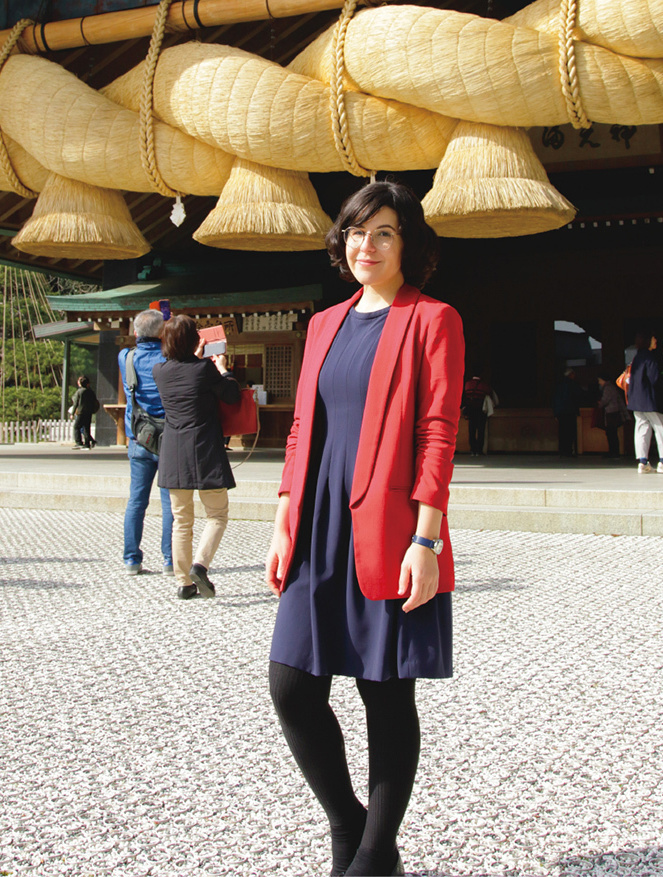
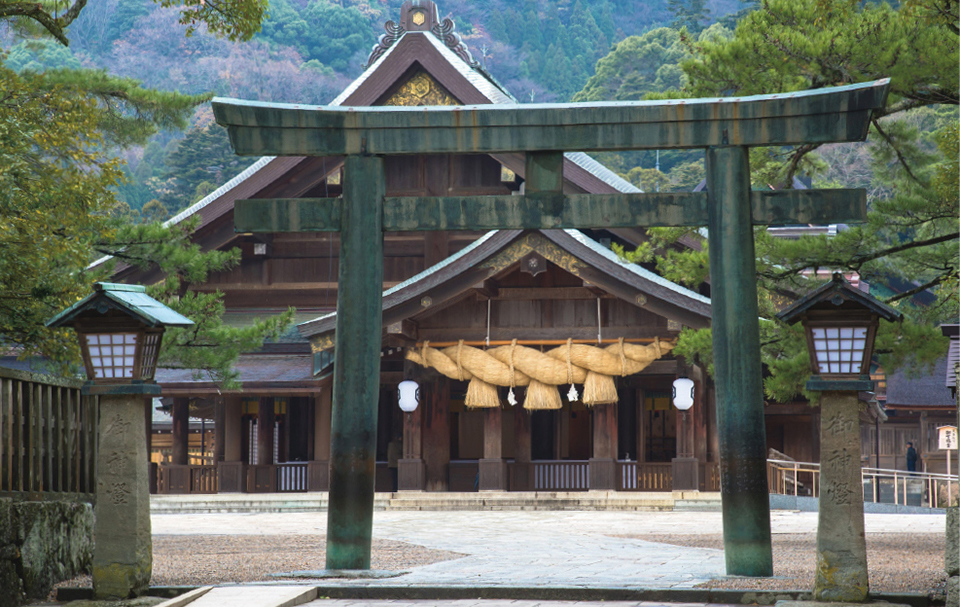
Izumo Taisha Grand Shrine is popular with international tourists. “Simply walking along the approach road to the main shrine building, I feel wrapped in the pure atmosphere.”
Camila Iquiene
Born in the state of Rio de Janeiro, Brazil, in 1991, Iquiene began to study Japanese at age 14. In the Faculty of Literature at the Federal University of Rio de Janeiro, she studied Japanese, and in 2014 spent six months in Japan on a Japan Foundation training program for Japanese language teachers. In 2017 she came to Izumo City, Shimane Prefecture on the JET Program.
“What a wonderful, refreshing feeling! Of all Japan’s power spots, nowhere can you feel as much spiritual energy as here.” So saying, Camila Iquiene arrives at grounds of the Izumo Taisha Grand Shrine (formally Izumooyashiro) with a big smile on her face. Iquiene is from the state of Rio de Janeiro, Brazil, and is now approaching her third year in Izumo City, Shimane Prefecture, where she is stationed on the JET program. Izumo is an area which is famous for its deep connection to Japan’s ancient myths, and its most iconic sightseeing location is the Izumo Taisha, where Okuninushi-no-Okami, the “nation-building god,” is enshrined. Having always loved both nature and history, Iquiene says she is delighted to be in Izumo, a land steeped in mythology, and blessed with a beautiful landscape of rugged coasts and deep valleys.
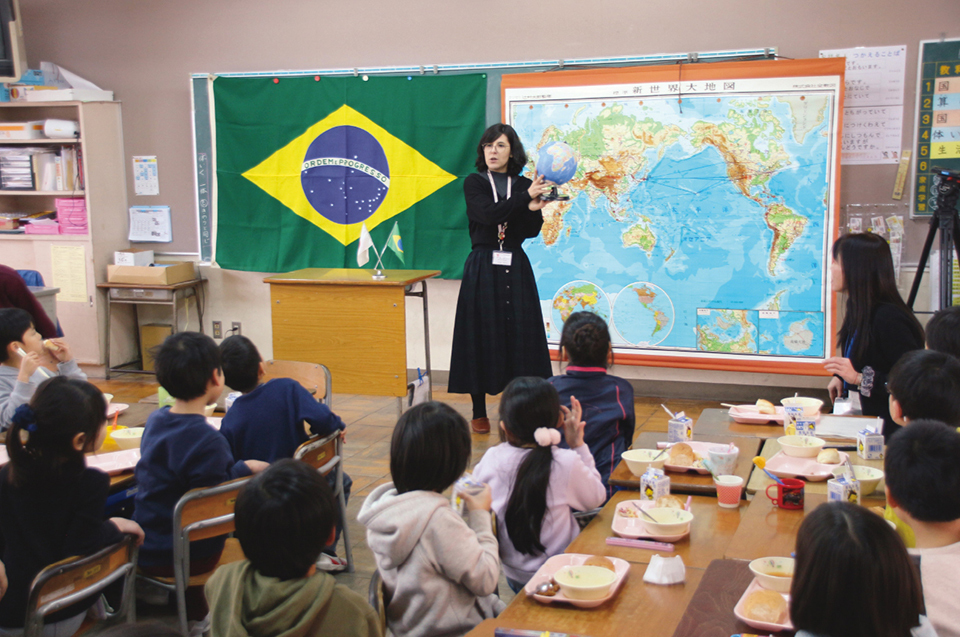
In Dispatch Classes, Iquiene uses quizzes to introduce such things as Brazilian lifestyle and cuisine, the differences of etiquette between Brazil and Japan, and basic Portuguese greetings.
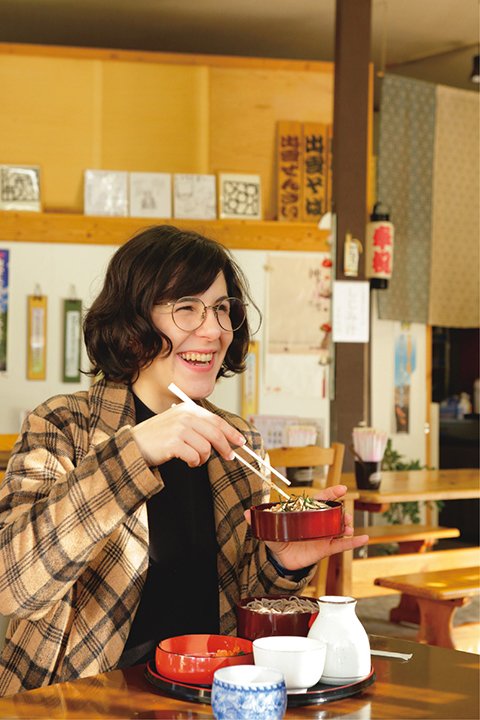
“Izumo soba noodles are different from normal soba noodles, because the buckwheat seeds are milled together with their husks, giving the noodles a darker appearance and a deeper flavor.”
Iquiene’s interest in Japan began in her childhood when she first watched Japanese anime on TV. The distinctive sound of the Japanese language attracted her, and at the age of 14 she began her Japanese language studies. At that time, she was unable to find a textbook written in her mother tongue of Portuguese, so she had to study Japanese through the medium of English. Despite that challenge, her enthusiasm for the Japanese language remained unchanged. It was while studying to be a Japanese language teacher that she first heard of the JET program, and at that time she set her heart on working as a Coordinator for International Relations (CIR).
As a CIR, Iquiene introduces the Brazilian way of life and culture at local elementary and junior high schools, and also in public lectures. Since coming to Izumo, her impression of Japanese people has changed a great deal. “I’d heard that Japanese people are often shy and reserved, but everyone has been so warm and kind,” says Iquiene, and adds with a laugh, “Old ladies are especially friendly and full of hugs, just like they are back in Rio!” Iquiene’s eyes are shining as she talks about her strong interest in local culture, particularly for summer festivals and for kagura: a sacred ritual of music and dance which is dedicated to the gods. “It’s probably my Brazilian blood that gets me so excited by festivals and dancing,” she says. Iquiene is also a big fan of soba buckwheat noodles, an Izumo specialty. On her day off, she visits local soba noodle restaurants, and often cooks soba noodles for herself at home.
Recently, Izumo City has seen an influx of Brazilian citizens who are working for Japanese companies. As a result, Iquiene has been able to assist as a Portuguese and Japanese language interpreter at her local city office. Many local Japanese would like to get to know their Brazilian neighbors better, too, and Iquiene speaks passionately about her desire to help bring both groups together. “In the future,” she says, “I want to become a bridge between Japan and Brazil by teaching the Japanese language to Brazilians, and teaching Portuguese to Japanese. My biggest joy is knowing my efforts benefit both Japanese and Brazilians.”
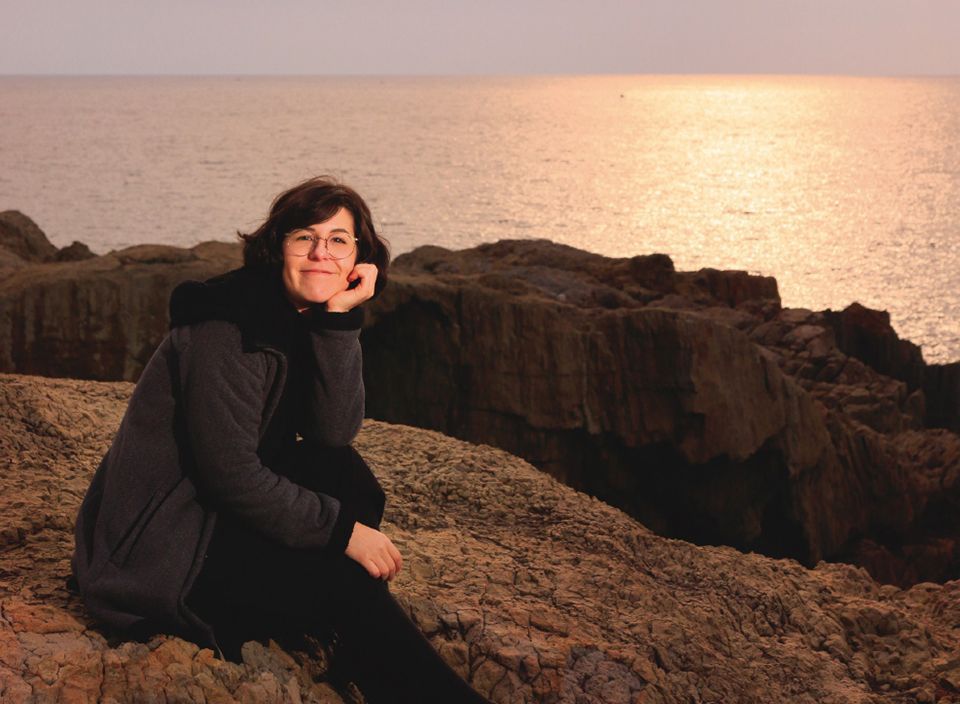
Iquiene loves the natural scenery in Izumo. One of her favorite spots is Cape Hinomisaki, and the wonderful view of the sunset over the Sea of Japan.
